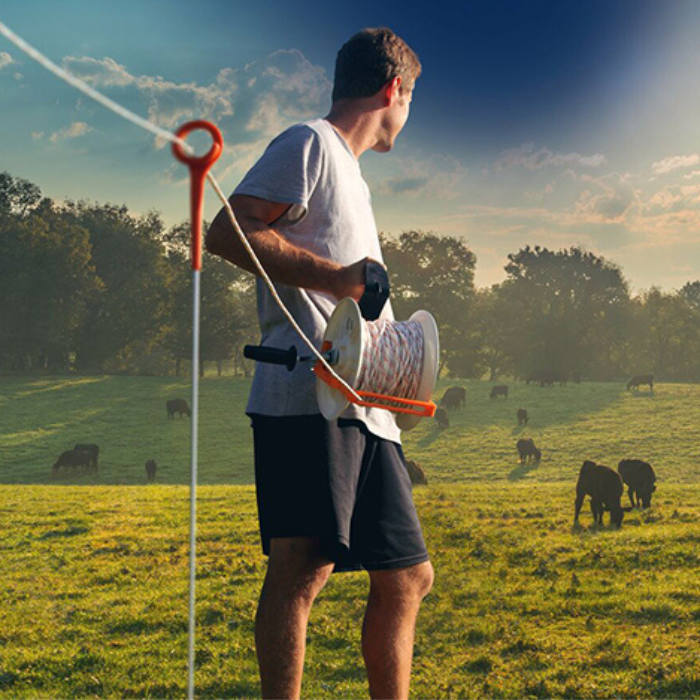Gallagher Expert Series: Forage in Fall
Wednesday, 16 October, 2024

Forage Requirements
To calculate how much forage, standing grass, or hay you'll need, every thousand-pound cow needs 3,200 pounds of forage for four months.
For thick grass, a good is estimate is 300 pounds of grass per acre inch. If we have good growing conditions, we can grow around 30 pounds or more of forage per day. Depending on your geography, the cool season forage can grow well from November into December. During the growing season, a good rule of thumb is to graze pastures after 40 to 90 days of recovery. Grass should also have a pointed leaf prior to regrazing. Rationing your pastures with a rotational grazing plan can improve utilization to about 70% or more.
Understanding and Managing Grass Types
Inventorying and knowing your grasses is vital to your decision-making as the seasons change. Warm-season grasses, such as Bermuda and crabgrass, grow best when the temperature is 80-95 degrees, and cool-season grasses, such as tall fescue and orchard grass, grow best when the temperature is 60-75 degrees. Typically, the warm season grasses will be growing well, and the cool season grasses will be held back by the competition and shading from the warm season grasses. For the best transition to cool-season growth, it is ideal to graze off the warm season grasses just prior to temperatures lowering to 75 degrees with moisture. Focus on grazing fields that have a high percentage of warm-season grass with potential cool-season growth.
Cool-season forages can be either perennials or annuals. Vegetative forages are of higher quality than those that have formed a seedhead and have come into a reproductive state when nutrients in the plant move to the seed, lowering the forage quality.
Feeding Hay and Grazing Strategy
Fall usually provides drier conditions, making it easier to feed hay, and the cattle eat less hay than in cold, wet times. Also, the impacts of alkaloids on tall fescue are worse in warmer times, so delaying grazing tall fescue as stockpiled grass can reduce alkaloid exposure. Feed hay on a smaller acreage, allowing most of the land to grow and stockpile for winter.
If growing conditions are not favorable for growing cool-season grass, you will have some standing grass height from the top third grazing or reserve paddocks. Slow the rotation down, grazing a bit deeper into the sward yet still respecting the minimum grazing height of the available grass.
Practice top-third grazing for most of the year and then "take half, leave half," grazing to minimum grazing height until you start feeding hay. If growing conditions return and the grass regrows to eight inches or taller, resume the rotation.
Transitioning Forage Types
If you have mainly warm-season forage, consider drilling cool-season grasses into it after grazing your warm-season forages to reduce competition. Annuals are faster-growing and higher-quality forage but cost more than perennials. Seedlings are very dependent on rainfall to develop a strong root system prior to growth. Delay your rotational grazing on newly seeded grass until forage is 8 inches or taller to allow for strong root development. Strict rotations utilizing portable fencing make protecting newly planted forage easy.
This article was written in collaboration with expert agricultural consultant Greg Brann
Greg Brann Consulting is renowned for Greg’s extensive knowledge of soil health, grass and livestock management systems, and plant identification. With over 40 years of experience in land and pasture management, Greg has developed tailored land management plans that offer practical ideas to help clients achieve their goals. With a BS degree in Plant and Soil Science and extensive experience as the State Grazing Land Soil Health Specialist, Greg brings a wealth of knowledge to his role.